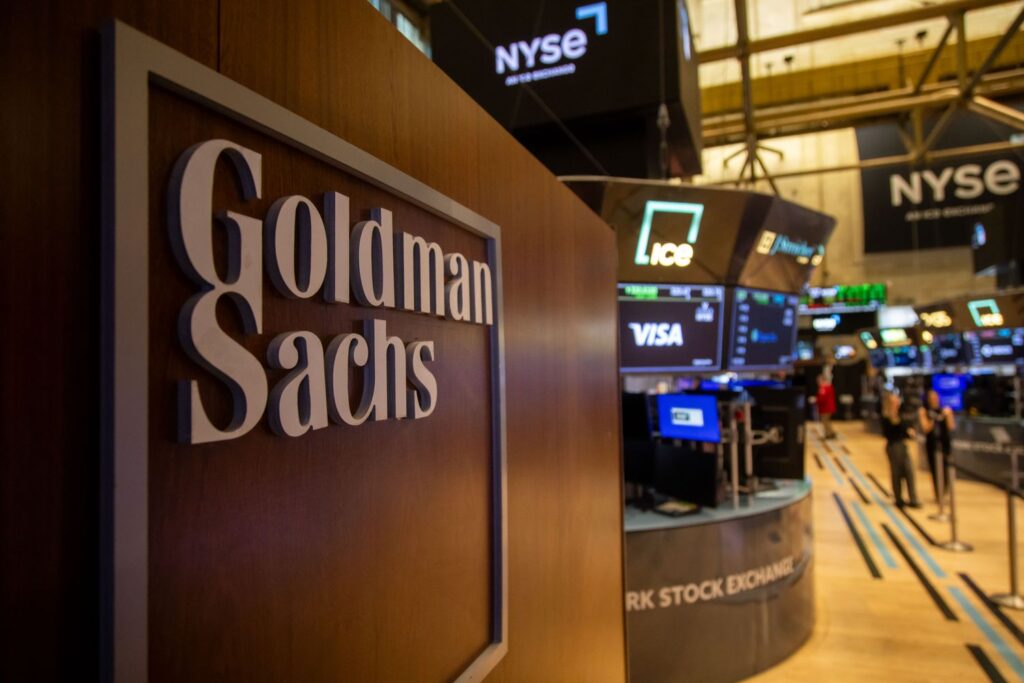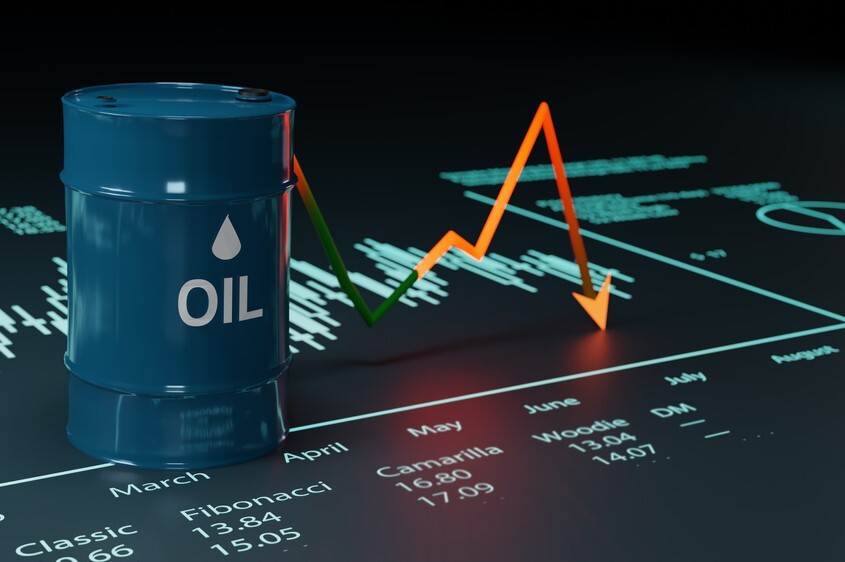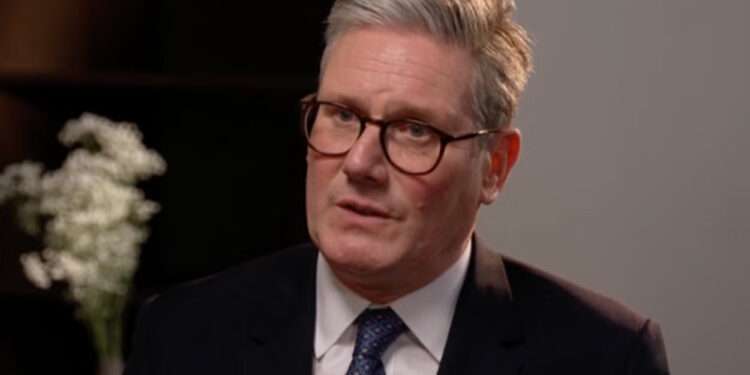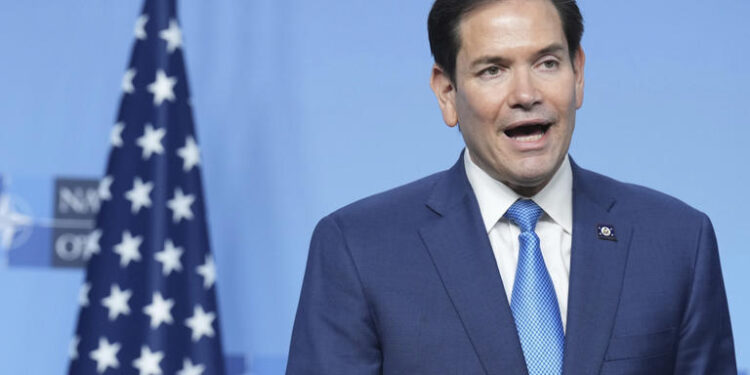Goldman Sachs has maintained its forecast for Brent crude to average $64 per barrel in the final quarter of the year, despite a surge in oil prices driven by geopolitical tensions and shifting supply dynamics,
The investment bank believes that, although the oil market is reacting to tightening supply from sanctioned nations like Russia and Iran, broader economic signals are weighing against a bullish outlook.
In a recent note, Goldman Sachs acknowledged the growing pressure on sanctioned oil producers and how this could potentially drive prices upward.
“Increasing pressure on Russia and Iran sanctioned oil supply poses an upside risk to our price forecast, especially given the faster-than-expected normalization in spare capacity.”
Goldman Sachs Analyst

Nonetheless, this upside potential is tempered by broader macroeconomic concerns that could dampen global demand.
Goldman flagged particular concern over its projection of oil demand growth, which stands at an average of 800,000 barrels per day annually for 2025 and 2026.
The analysts warned that a series of economic headwinds, including heightened U.S. tariff rates, ongoing threats of secondary tariffs, and sluggish economic data from the United States, could significantly undermine this forecast.
The bank highlighted that recent data points to weaker-than-expected performance in key sectors of the U.S. economy, noting, “The weaker data suggests that the U.S. economy is now growing at a below-potential pace,” and suggested this trend has increased the likelihood of a recession over the next twelve months.
Oil Markets Watch

These forecasts come at a time when global oil markets are grappling with both supply constraints and policy shifts.
The Organization of the Petroleum Exporting Countries (OPEC) and its partners, including Russia collectively known as OPEC+ announced a planned output increase of 547,000 barrels per day for September.
The move is part of a series of production hikes designed to recover market share lost during previous cuts. Yet Goldman Sachs suggests this may be the last increase for a while.
According to the bank’s projections, OPEC+ will likely hold production levels steady after September, as seasonal demand benefits begin to decline and stock builds across the OECD countries gain momentum.
“While OPEC+ policy remains flexible, we assume OPEC+ will keep its production quota unchanged after September.”
Goldman Sachs Analyst
The bank sees the decision as a balance between regaining influence in global markets and maintaining price stability amid uncertain demand.

Brent crude was trading at $68.17 per barrel early Monday in Asia, with West Texas Intermediate (WTI) at $65.68. These levels reflect recent upward momentum, spurred in part by geopolitical anxieties and tightening inventories.
However, Goldman Sachs is not anticipating any severe or long-lasting supply disruptions out of Russia, despite continued U.S. pressure and warnings.
Goldman Sachs appears to be threading a cautious middle path, recognising both the supply-side tensions and the softening demand environment.
The bank’s outlook implies that, unless major disruptions occur or demand rebounds sharply, oil prices may remain relatively contained despite the appearance of market tightness.
With the global energy landscape continually reshaped by shifting geopolitical alliances, climate policy, and post-pandemic demand patterns, forecasting oil prices has become increasingly complex.
Yet Goldman’s current position underscores a cautious view of the fundamentals, even amid apparent short-term volatility.
As the market moves deeper into the third quarter, all eyes will be on how both supply and demand dynamics evolve especially with China’s recovery pace, U.S. economic signals, and OPEC+ decisions likely to drive the next leg of oil’s journey.
READ ALSO: IMF Urges BoG to Hold Tight on Policy Rate to Cement Disinflation Gains



















